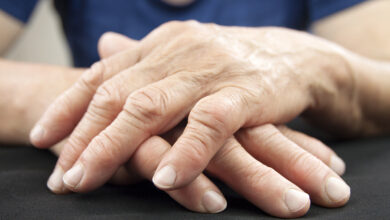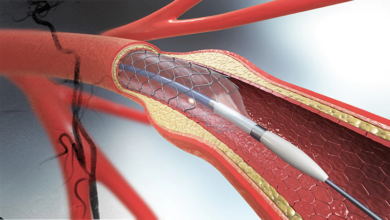Hot to Treat Sprains and Strains at Home

When a muscle is injured, it’s called a strain or a sprain, depending on the severity. Strains and sprains can happen to any part of the body but are most common in arms, legs, and backs. If you feel a sudden pain when lifting something weighty, twisting your ankle while playing tag with children, getting hit in the arm with a fastball, or even if you feel unusual tightness in your leg when running. This article will help you treat the injury effectively.
You can prevent strains and sprains by using ergonomics at work, being aware of too heavy objects to pick up, paying attention while moving objects, taking frequent breaks when lifting heavy objects, and getting a proper amount of sleep each night. If you notice the areas around injuries are red and swollen, this is a sign of a sprain or strain. While severe forms of sprains and strains require treatment by a podiatrist specializing in sprains and strains in New York, you can use the home remedies below for mild cases.
- Rest
The best way to treat strains and sprains is by resting the injured area. This helps prevent further injury, speeds up recovery time, and reduces the amount of pain you feel. The only times when rest isn’t recommended are when a muscle or tendon tears completely or nerve damage.
To let a sprain or strain heal, rest the injured body part for several days. If it’s not in a sling or immobilizer, don’t do strenuous exercises while resting (e.g., running on the treadmill). Instead, try non-weight-bearing activities like biking and swimming.
- Ice
An ice pack works best to reduce pain and swelling. It should be applied to the area of injury for 20-30 minutes every few hours. Wrap some ice cubes in a towel or use an ice pack that comes with disposable pouches. These are usually filled with water. Don’t apply the ice directly to your skin, as this can cause frostbite and nerve damage. If you don’t have access to an ice pack, you can put ice cubes in a plastic bag and wrap them with a towel.
- Compression
Using a strap or bandage to wrap the injured muscle gently helps reduce swelling. If you have a sprain, try wrapping the area with an elastic bandage that sticks to itself but not your skin. If it’s a strain, use an elastic bandage that doesn’t stick to itself.
- Heat
While heat therapy isn’t recommended for sprains, minor strains can benefit from it. A heating pad or hot water bottle works best because you can control how much heat is applied. Apply the heat for 20-30 minutes every few hours. Make sure to test the temperature of the source before applying it to your skin. It is suitable for people who develop irritation when using an ice pack.
In summary, you can treat mild cases of sprains and strains at home. Some effective home remedies include compression, ice, and heat. Resting the injured area also helps reduce pain and swelling.






